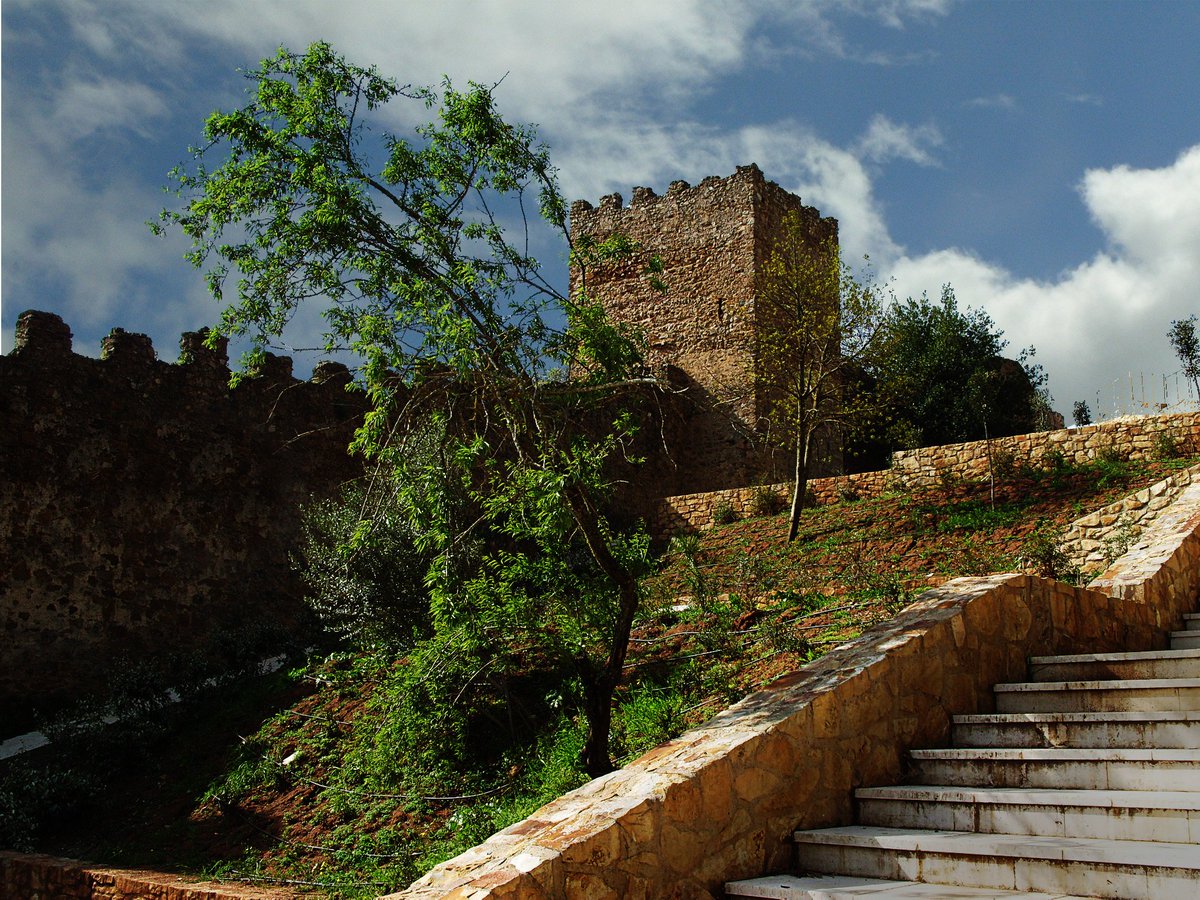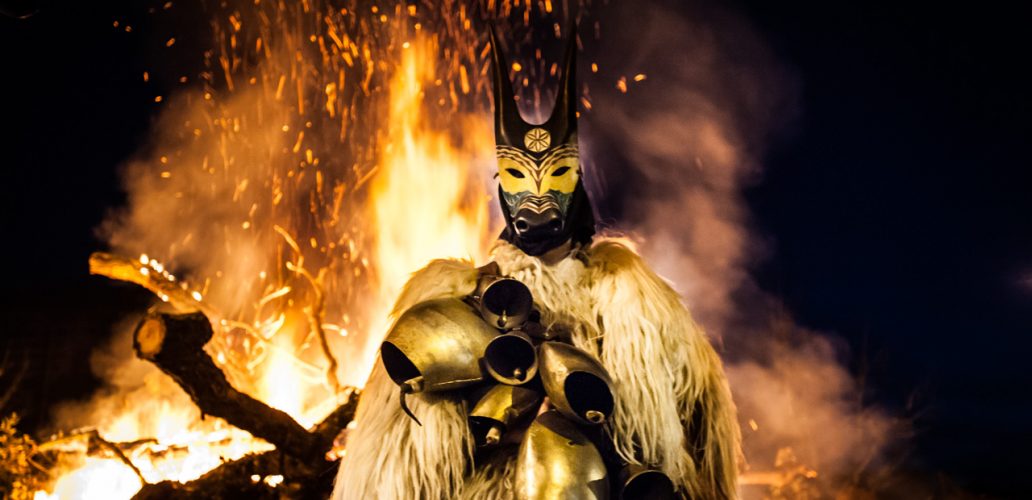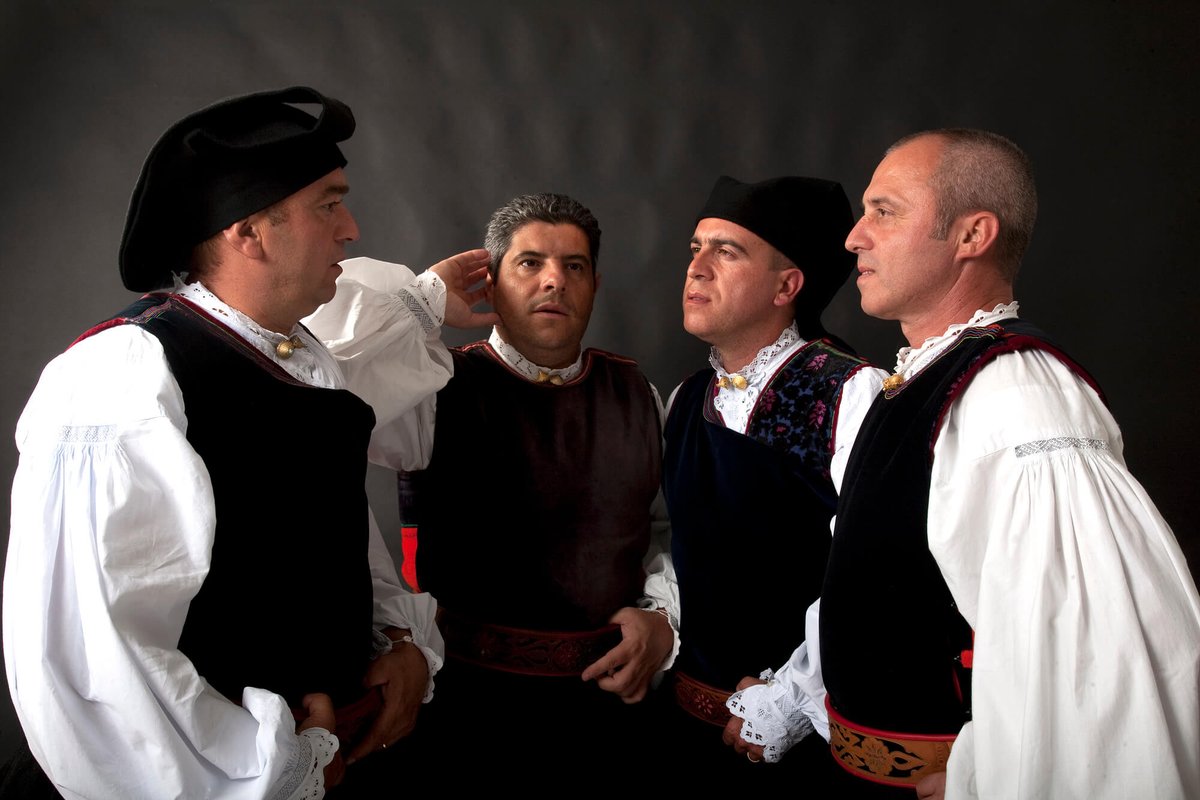
**SARDINIAN CARNIVAL in videos 🎥**
🎭Thread about the most important Sardinian Carnival rituals, but in videos.🎭
📸 CW from top left, Ottana, Mamoiada, Neoneli, Oristano, Lula, Samugheo #Sardinia #Sardegna
🎭Thread about the most important Sardinian Carnival rituals, but in videos.🎭
📸 CW from top left, Ottana, Mamoiada, Neoneli, Oristano, Lula, Samugheo #Sardinia #Sardegna

Last year, I made some threads regarding Sardinian Carnival masks, but the rituals can really be appreciated only through videos, so here we are.
https://twitter.com/DrWatson_writer/status/1352231215672287240?t=-Nq54eAVoVFmyvr-Ey8-lA&s=19
▪️Mamuthones and Issohadores proceed along the streets of Mamoiada, with the Issohadores (the men) leading the Mamuthones (the animals) into a ritual dance towards their sacrifice.
▪️The Boes of Ottana are led by the Merdules (shepherds) and recite the ritual love dance of oxen between themselves. At times, a Boe falls and sa Filonzana approaches, spinning and then cutting the thread of life
Otzana:
Shorter:
Otzana:
Shorter:
▪️S'Urthu of Fonni goes around running and climbing everywhere, held by a chain to the Buttudos. The animal-man is always in search of women to hug but can be quieted with wine or sweets.
▪️ The most impressive rite is that of su Battileddu of Lula, where a man, the fool of the village, is ritually drawn, beaten and killed. The people begin mourning his death until he's revived by a glass of wine. This is the most clear Dionysian rite.
▪️ The Mamutzones of Samugheo parade in their horned masks and bells, holding a staff originally adorned with periwinkle. At some point, they put their masks on the ground and jump in circle around one of them, dying on the ground.
▪️ The Maimones of Oniferi go around with a puppet, until one of them falls dead. The other men, dressed as widows, begin the Sardinian ritual mourning, until the man is revived by wine.
The women dance the rite of s'argia for a dying man.
The women dance the rite of s'argia for a dying man.
Last year, I also made a thread about Sa Sartiglia, the equestrian joust of medieval origins which celebrates the May and the rebirth of Nature:
https://twitter.com/DrWatson_writer/status/1354825687580909574?t=ELxeyV_it-QTbrNGRsJ_1Q&s=19
▪️ During Sa Sartiglia, the head of the joust, the demigod, su Componidori, leads the 120 horse(wo)men in a race to catch a hanging star with their swords. Afterwards, the knights and amazons attempt acrobatic figures on horseback.
• • •
Missing some Tweet in this thread? You can try to
force a refresh


















